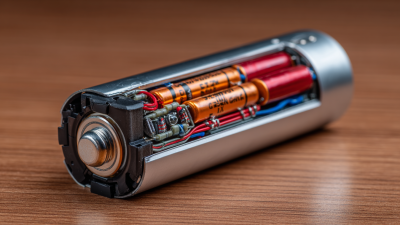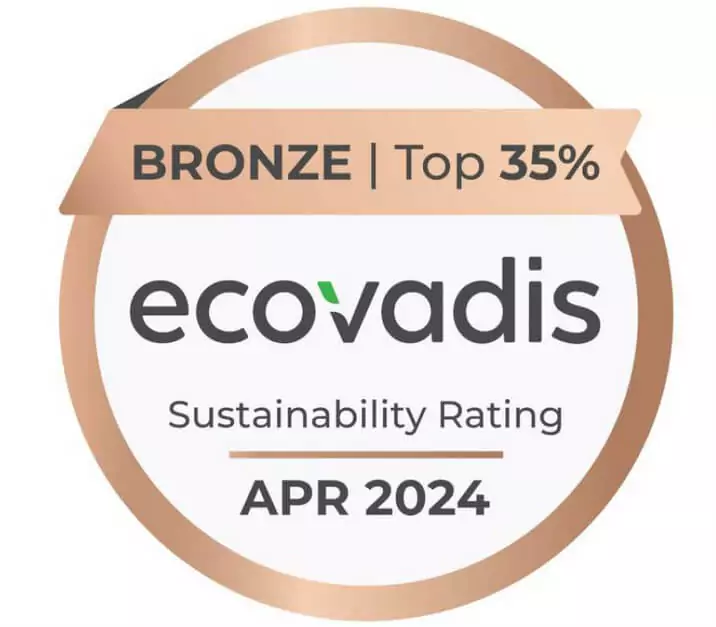7 Essential Tips for Shipping Lithium Ion Batteries Safely and Compliantly in 2023
In the rapidly evolving landscape of technology and transportation, ensuring the safety and compliance of shipping lithium ion batteries has become more critical than ever. As lithium ion batteries power everything from smartphones to electric vehicles, understanding the intricacies of their shipping is essential for businesses and consumers alike. In 2023, new regulations and best practices have emerged, making it imperative to stay informed about the correct procedures to avoid potential hazards and legal issues. This blog post will explore 7 essential tips that will equip you with the knowledge needed for shipping lithium ion batteries safely and compliantly, ensuring that your shipments arrive at their destination securely while adhering to all necessary guidelines. Whether you are a business owner, logistics professional, or an individual looking to ship batteries, these insights will help you navigate the complexities of this essential process.
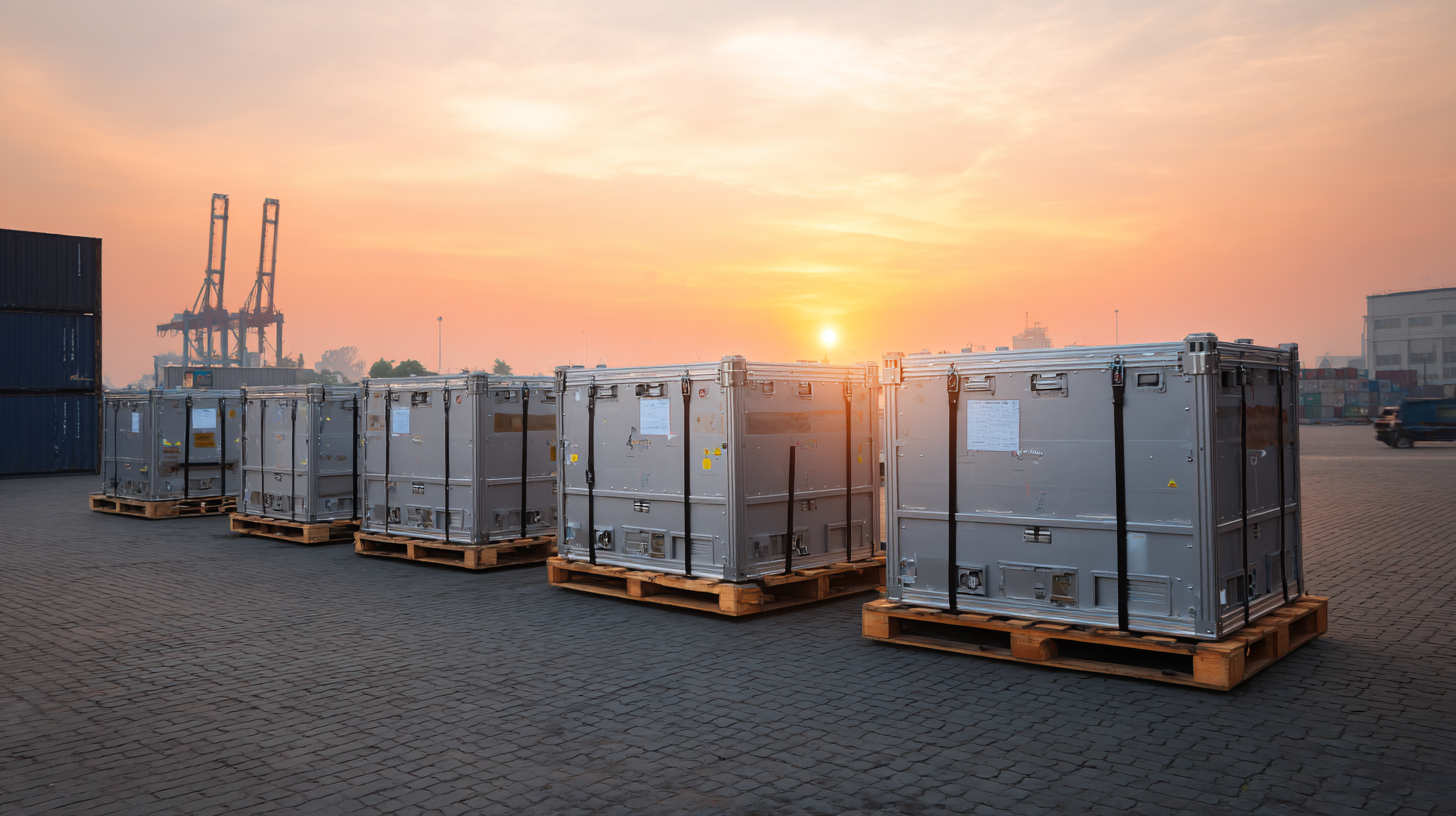
Understanding Lithium-Ion Battery Classification and Regulations in 2023
The transportation of lithium-ion batteries is governed by stringent regulations due to the potential risks they pose. In 2023, understanding the classification and compliance requirements for these batteries is crucial for manufacturers and shippers. For example, it is essential to label and mark all lithium battery shipments according to International Air Transport Association (IATA) regulations, ensuring the safety of air transport. Moreover, with the emergence of the new EU Battery Regulation, manufacturers must adopt a structured approach to align product development strategies that focus on compliance. This includes assessing the carbon footprint associated with battery materials and refining sample preparation procedures for critical raw materials.
To ensure safe shipping, here are some essential tips: First, always keep battery packs in their original packaging when possible, as this offers optimal protection during transit. Secondly, conduct thorough checks to ensure that the batteries are within the permissible watt-hour limits, as exceeding these can lead to regulatory complications. Lastly, provide clear communication and training for workers handling these batteries to mitigate risks during loading and transportation. By adhering to these guidelines, companies can navigate the complexities of lithium-ion battery transportation effectively while remaining compliant with current regulations.
7 Essential Tips for Shipping Lithium Ion Batteries Safely in 2023
This bar chart illustrates the percentage of compliance across various shipping tips for lithium-ion batteries in 2023, highlighting key areas for safety and regulation adherence.
Critical Safety Measures for Packaging Lithium-Ion Batteries for Shipment
When it comes to shipping lithium-ion batteries,
safety and compliance are of utmost importance. Proper packaging plays a critical role
in ensuring that these batteries are transported without incident. First and foremost,
it's essential to use sturdy, anti-static materials that can withstand potential impacts
during transit. Using a box specifically designed for lithium-ion batteries, with adequate
padding, can help minimize the risk of short-circuiting and physical damage.
Additionally, clearly labeling your packages with the appropriate handling symbols will
alert carriers to the nature of the contents, allowing for safer handling throughout the
shipping process.
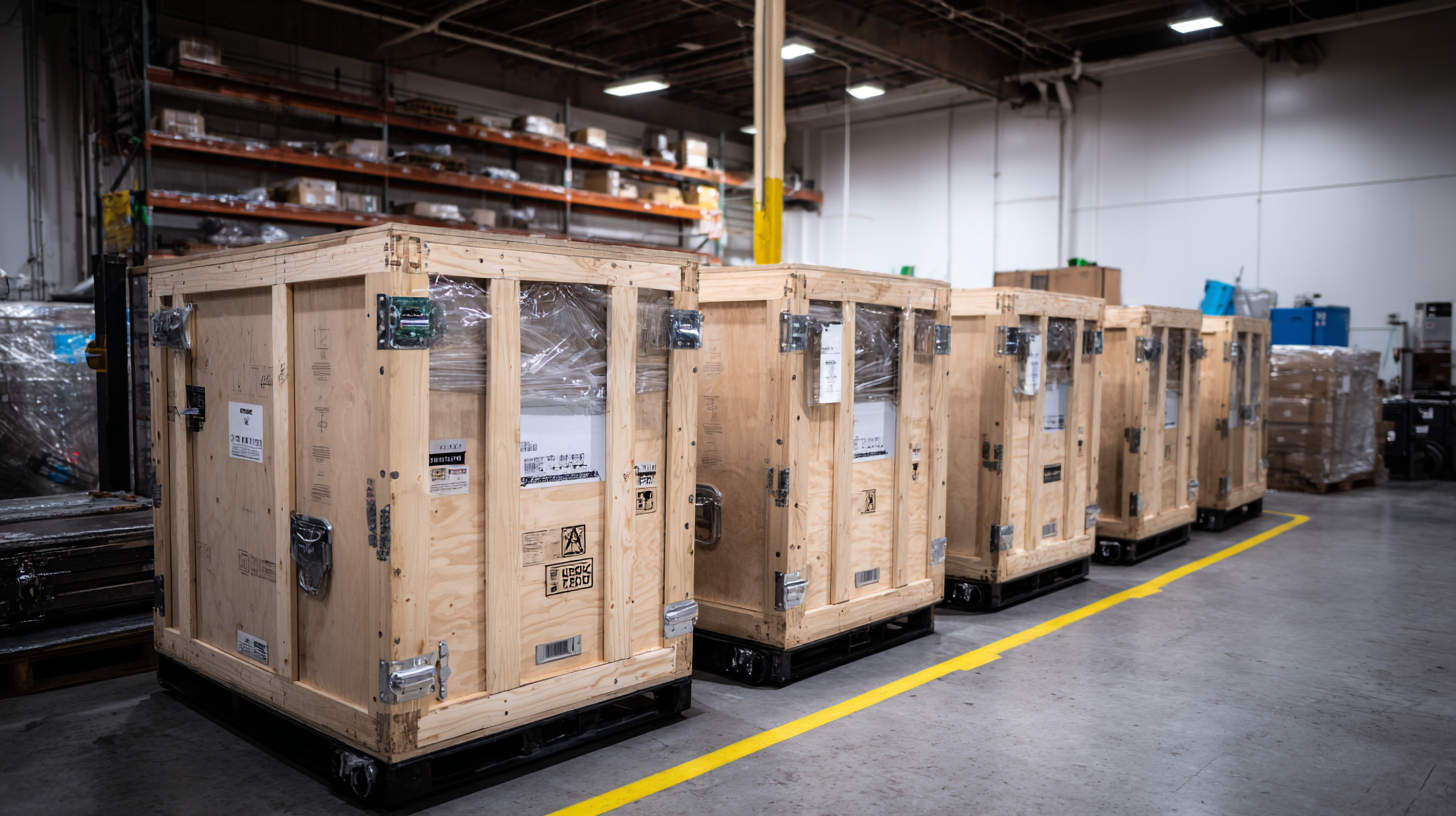 Another key safety measure is to ensure that the battery terminals are insulated to
prevent any chances of short-circuiting. This can be achieved using non-conductive tape
or shrink wrap around the terminals. Moreover, it’s critical to comply with regulations
set forth by organizations such as the International Air
Transport Association (IATA) and the U.S. Department
of Transportation (DOT), which require specific documentation and packaging standards
for hazardous materials. By adhering to these guidelines and implementing strict safety
precautions, shippers can significantly reduce the risks associated with transporting
lithium-ion batteries while maintaining compliance with regulatory demands.
Another key safety measure is to ensure that the battery terminals are insulated to
prevent any chances of short-circuiting. This can be achieved using non-conductive tape
or shrink wrap around the terminals. Moreover, it’s critical to comply with regulations
set forth by organizations such as the International Air
Transport Association (IATA) and the U.S. Department
of Transportation (DOT), which require specific documentation and packaging standards
for hazardous materials. By adhering to these guidelines and implementing strict safety
precautions, shippers can significantly reduce the risks associated with transporting
lithium-ion batteries while maintaining compliance with regulatory demands.
Complying with International Shipping Regulations for Lithium-Ion Batteries
Shipping lithium-ion batteries internationally requires navigating a complex landscape of regulations that are rapidly evolving. In 2023, a crucial focus is on compliance with international shipping regulations, especially with the implementation of significant regulatory changes slated for 2025 and 2026. These updates are described as the most comprehensive in over a decade, aimed at improving safety standards and addressing environmental concerns related to battery transportation. According to industry sources, these changes may drastically alter how shippers package and label lithium-ion batteries, as well as increase the scrutiny under which they are transported.
A recent guidance memorandum from the EPA clarifies the hazardous waste status of lithium-ion batteries, indicating the need for shippers to be vigilant about their handling and disposal processes. As reported, all shipments must conform to the International Air Transport Association's (IATA) regulations, which include clear labeling and adherence to stringent packaging requirements. It’s essential for those involved in shipping these batteries to stay updated with both regional and international standards, as failure to comply can lead to serious legal and safety repercussions. The proactive measures taken by shipping companies today will not only ensure compliance but also enhance overall safety in the transport of these critical energy sources.
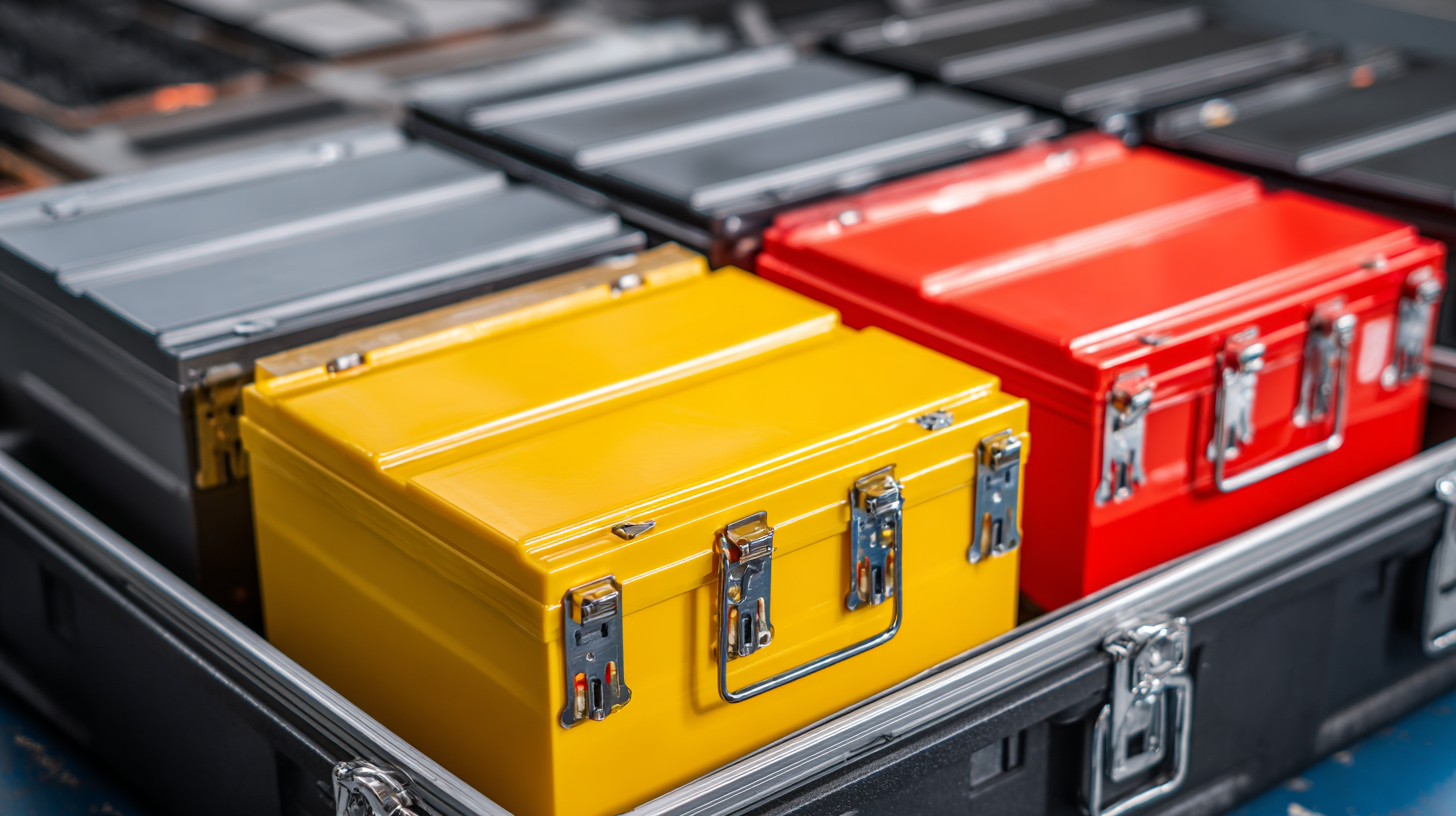
Maximizing Efficiency: Choosing the Right Carrier for Lithium-Ion Battery Transport
When it comes to transporting lithium-ion batteries, choosing the right carrier is critical for ensuring safety and compliance. According to the International Air Transport Association (IATA), nearly 20% of all goods moved by air are dangerous goods, including batteries. In 2023, shippers must prioritize carriers that understand the complexities of transporting hazardous materials, as regulatory standards continue to evolve. A recent report from the United Nations emphasizes the importance of adhering to the UN's Globally Harmonized System for the Classification and Labelling of Chemicals when selecting a transport partner, as non-compliance can lead to severe penalties.
Efficiency in shipping lithium-ion batteries demands comprehensive understanding of carrier capabilities. Not all logistics companies are equipped to handle hazardous cargo, which can lead to costly delays and potential safety risks. Recent trends indicate that carriers specializing in hazardous material transportation have seen a 15% increase in demand, driven largely by the rising popularity of electric vehicles and renewable energy storage systems. Ensuring your carrier has the right certifications and safety protocols in place not only maximizes the efficiency of your supply chain but also protects your brand's reputation and contributes to a safer transport environment amidst the growing environmental concerns surrounding energy systems, including hydrogen as a viable alternative.
Documentation and Labeling: Key Requirements for Safe Lithium-Ion Battery Shipping
When shipping lithium-ion batteries, proper documentation and labeling are of utmost importance to ensure safety and compliance with regulations. Every shipment must include a declaration of the contents, clearly indicating that lithium-ion batteries are present. This declaration is essential for informing carriers and emergency responders of the potential risks associated with these batteries. The use of standardized forms, such as the Dangerous Goods Declaration, can help streamline the process and reduce the likelihood of miscommunication during transit.
Labeling is equally critical. Each package containing lithium-ion batteries must display specific hazard labels, including the Class 9 Miscellaneous Dangerous Goods label, which alerts handlers to the potential hazards of the batteries. Additionally, packages should be marked with handling instructions to indicate if the contents are fragile or require special care. In some cases, including a copy of the manufacturer’s safety data sheet (SDS) within the shipment can provide extra guidance on handling and emergency procedures. Ensuring accurate documentation and proper labeling not only helps in regulatory compliance but also enhances safety throughout the shipping process.
7 Essential Tips for Shipping Lithium Ion Batteries Safely and Compliantly in 2023
| Tip |
Description |
Documentation Required |
Labeling Requirements |
| 1. Understand Regulations |
Familiarize yourself with IATA and UN regulations for lithium ion batteries. |
Declaration of Dangerous Goods. |
UN3480 or UN3481 label. |
| 2. Proper Packaging |
Use packaging that complies with regulations for transporting lithium batteries. |
Packing Declaration. |
Package must be marked with appropriate labels. |
| 3. Check Battery State |
Ensure batteries are within allowable state of charge limits. |
Battery state confirmation. |
Label indicating state of charge if applicable. |
| 4. Prepare Shipping Papers |
Complete the required shipping documents accurately. |
Air Waybill or Bill of Lading. |
Specific markings for lithium batteries. |
| 5. Training for Staff |
Ensure all personnel involved in shipping are properly trained. |
Training records and certificates. |
N/A |
| 6. Emergency Procedures |
Have a plan in place for incidents involving lithium batteries. |
Emergency response documentation. |
N/A |
| 7. Carrier Requirements |
Check with your carrier for any specific procedures. |
Carrier-specific documentation. |
Carrier labels and markings. |



 Another key safety measure is to ensure that the battery terminals are insulated to
prevent any chances of short-circuiting. This can be achieved using non-conductive tape
or shrink wrap around the terminals. Moreover, it’s critical to comply with regulations
set forth by organizations such as the International Air
Transport Association (IATA) and the U.S. Department
of Transportation (DOT), which require specific documentation and packaging standards
for hazardous materials. By adhering to these guidelines and implementing strict safety
precautions, shippers can significantly reduce the risks associated with transporting
lithium-ion batteries while maintaining compliance with regulatory demands.
Another key safety measure is to ensure that the battery terminals are insulated to
prevent any chances of short-circuiting. This can be achieved using non-conductive tape
or shrink wrap around the terminals. Moreover, it’s critical to comply with regulations
set forth by organizations such as the International Air
Transport Association (IATA) and the U.S. Department
of Transportation (DOT), which require specific documentation and packaging standards
for hazardous materials. By adhering to these guidelines and implementing strict safety
precautions, shippers can significantly reduce the risks associated with transporting
lithium-ion batteries while maintaining compliance with regulatory demands.






